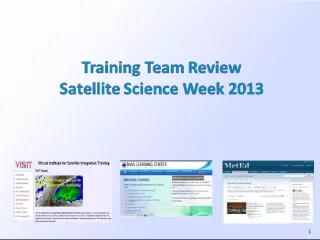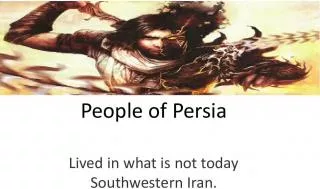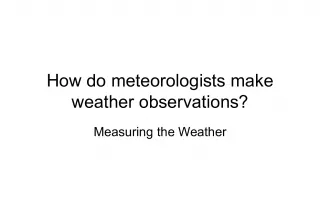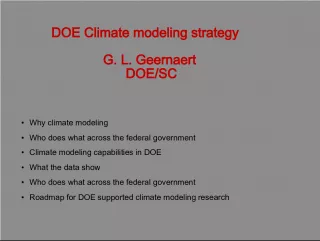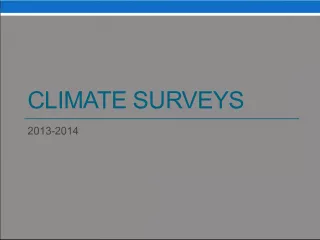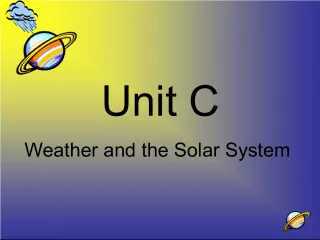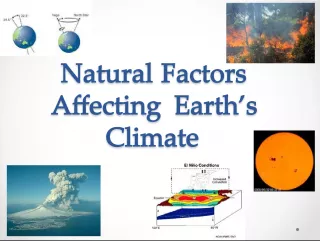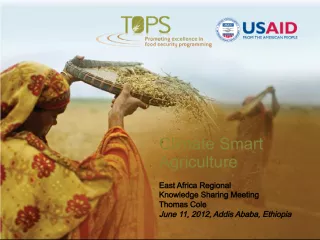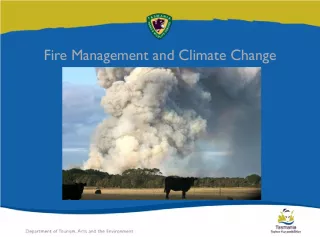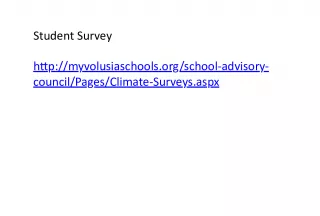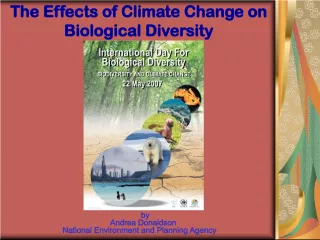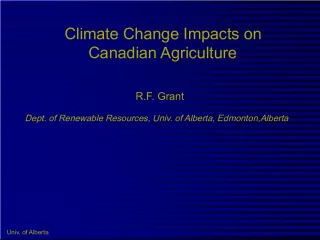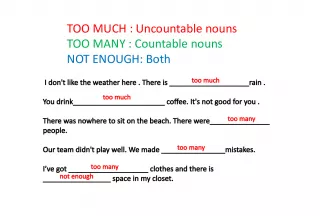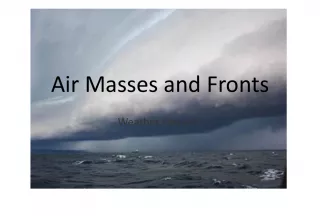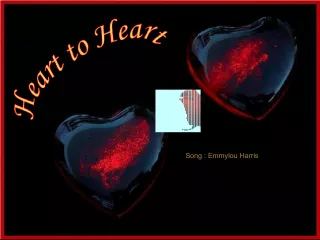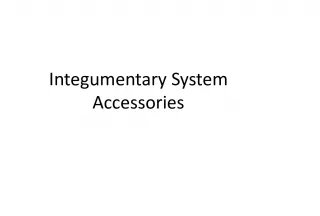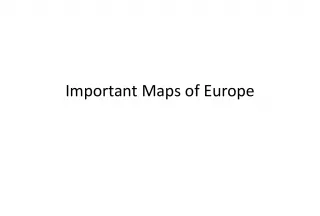Weather & Climate


Mr. Skirbst's life science topic 20 covers weather and climate. Weather refers to the condition of the atmosphere in terms of heat, pressure, wind, and moisture. The atmosphere is a mixture of
- Uploaded on | 2 Views
-
 cathyfisher
cathyfisher
About Weather & Climate
PowerPoint presentation about 'Weather & Climate'. This presentation describes the topic on Mr. Skirbst's life science topic 20 covers weather and climate. Weather refers to the condition of the atmosphere in terms of heat, pressure, wind, and moisture. The atmosphere is a mixture of. The key topics included in this slideshow are . Download this presentation absolutely free.
Presentation Transcript
Slide1Weather & ClimateMr. Skirbst Life Science Topic 20
Slide2Weather
Slide3WeatherThe condition of the atmosphere in terms of heat , pressure , wind , and moisture
Slide4Atmosphere- Mixture of gases surrounding the Earth
Slide5Atmosphere- Mixture of gases surrounding the Earth - Four (4) distinct layers in the atmosphere
Slide64 Layers of AtmosphereTroposphere – (0 to 16 km) - lowest layer where most weather takes place - av. Temp. decreases - Tropopause is top boundary
Slide74 Layers of AtmosphereStratosphere – (16 – 48 km) - Ozone layer absorbs UV light - Av. Temp. increases - Stratopause is top boundary
Slide84 Layers of AtmosphereMesosphere – (48 – 80 km) - Protects us from meteoroids - Av. Temp. decreases (-100 o C) - Mesopause is top boundary
Slide94 Layers of AtmosphereThermosphere – (80 - 3200 km) - Av. Temp. increases (> 2000 o C ) - Lower layer – Ionosphere - bounces radio signals - Upper layer – Exosphere - satellites orbit here
Slide10Heat Energy-The sun is the sources of most of the heat in the atmosphere
Slide11Heat Energy-The sun is the sources of most of the heat in the atmosphere - Heat is spread in 3 ways:
Slide12Heat Energy-The sun is the sources of most of the heat in the atmosphere - Heat is spread in 3 ways: 1. Radiation – transfer by waves
Slide13Heat Energy-The sun is the sources of most of the heat in the atmosphere - Heat is spread in 3 ways: 1. Radiation – transfer by waves 2. Conduction – by contact
Slide14Heat Energy-The sun is the sources of most of the heat in the atmosphere - Heat is spread in 3 ways: 1. Radiation – transfer by waves 2. Conduction – by contact 3. Convection – by fluid (air too)
Slide15Heat Energy
Slide16Heat Energy Greenhouse Effect:
Slide17Air Pressure- Force of atmosphere pushing on the Earth’s surface - Depends on air’s density
Slide18Air Pressure- Force of atmosphere pushing on the Earth’s surface - Depends on air’s density - 3 factors affecting air pressure
Slide19Air Pressure1. Temperature - as temp increases, air pressure decreases
Slide20Air Pressure2. Water Vapor - moisture in air - as water vapor increases, air pressure decreases
Slide21Air Pressure3. Altitude - elevation above sea level - as altitude increases, air pressure decreases
Slide22Wind- Movement of air due to differences in air pressure resulting from unequal heating of the atmosphere
Slide23Wind2 Types of wind: 1. Local Wind (short distances)
Slide24Wind2 Types of wind: 1. Local Wind (short distances) Sea breeze – from sea to land
Slide25Wind2 Types of wind: 1. Local Wind (short distances) Sea breeze – from sea to land Land breeze – from land to sea
Slide26Wind2 Types of wind: 2. Global Wind (long distances) Coriolis Effect – shift in movement above surface resulting from Earth’s spin
Slide27WindCoriolis Effect: Northern Hemisphere – Shift is always to the RIGHT
Slide28WindCoriolis Effect: Northern Hemisphere – Shift is always to the RIGHT Southern Hemisphere – Shift is always to the LEFT
Slide29WindCoriolis Effect:
Slide30WindGlobal Wind Patterns:
Slide31HumidityMoisture in the air ( water vapor )
Slide32HumidityMoisture in the air ( water vapor ) Relative Humidity – a measure of the amount of moisture % RH = moisture in air Moisture air can hold
Slide33HumidityPsychrometer – instrument with a dry and wet bulb used to measure relative humidity
Slide34CloudsCollection of condensed moisture in the air (moisture condenses to dust particles)
Slide35Clouds3 Types of Clouds:
Slide36Clouds3 Types of Clouds: 1. Cumulus – white, tall and fluffy
Slide37Clouds3 Types of Clouds: 2. Stratus – grey, flat and layered
Slide38Clouds3 Types of Clouds: 3. Cirrus – feathery, high + wispy
Slide39PrecipitationRain Snow Sleet Hail Freezing rain Acid Rain
Slide40Weather ForcastingWeather map symbols Buy’s Ballots Law Orographic Effect
Slide41ClimateGeneral weather in an area over a long period of time
